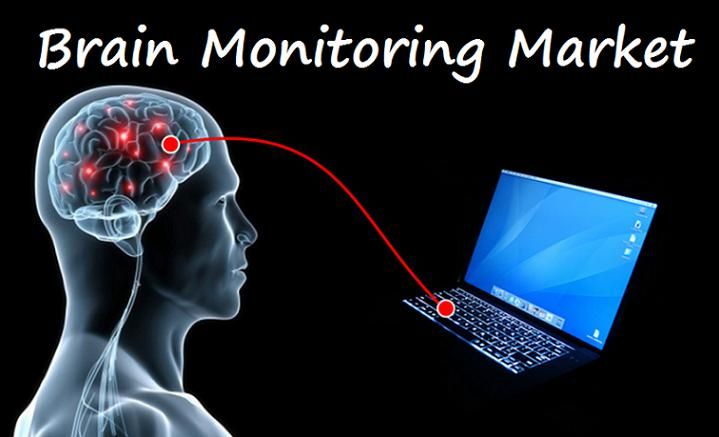Technological Advancements to Propel the Brain Monitoring Market

The functioning of the brain is extremely complex. Therefore, various types of tools are available to assess different parts and features of the brain and track their activities. These brain monitoring tools include electroencephalography (EEG) devices, magnetoencephalography, and intracranial pressure monitors. There are also devices that measure aspects of brain function such as sleep patterns, memory, and gaze analysis.
Brain monitoring is a new and important field for the management of patients with various neurological disorders such as Parkinson’s disease, Huntington disease, dementia, epilepsy, traumatic brain injuries, and others. The geriatric population is also on the rise globally, which is leading to increased incidences of such diseases. Besides, various technological advancements in the field are leading to increased demand for brain monitoring devices all over the world.
This has fueled the research and development activities for the development of better devices. All these factors are leading to the growth of the brain monitoring market. According to a report published by Allied Market Research, the market is estimated to reach $6,595 million by 2025 from $3,850 million in 2017, thereby growing at a CAGR of 6.9% from 2018 to 2025. There are a few factors that impede the industry growth. They include stringent government regulations and unfavorable reimbursement policies. However, untapped markets in developing countries offer opportunities for the growth of the market.
The market witnessed several developments in the space in recent years. In February ‘19, Edwards Lifesciences, a U.S.-based medical devices company, recently entered into an agreement to acquire CAS Medical Systems, Inc. (CASMED), a medical devices company that focuses on non-invasive technology for monitoring of tissue oxygenation in the brain. In January ’19, Brightlamp Inc., a software firm that specializes in frontier computer vision methods, launched an application that can monitor the brain for any sign of neurological disturbance.
CASMED to be Acquired by Edwards Lifesciences
The acquisition of CASMED by Edwards Lifesciences is aimed at improving patient care and clinical decision making. Combination of the former’s FORE-SIGHT technology and the latter’s leading hemodynamic monitoring platform and its predictive analytics capability would enable Edwards to fortify its leadership in smart monitoring technologies by offering clinicians an improved and reliable health status of their patients.
According to CASMED, they are happy with the deal as it brings together its skills in brain and tissue oxygenation monitoring with Edwards’ expertise in hemodynamic monitoring, which leads to an important measurement tool for physicians that can enable them to enhance care. Katie Szyman, corporate vice president, critical care at Edwards Lifesciences said, “Cerebral oximetry technology provides an important indicator of oxygen levels in the brain, which can enhance clinician decision-making.”
Brightlamp Introduces Smartphone Application to Monitor Concussion in Brain
The new application called ’Reflex’ launched by Brightlamp allows a smartphone user to record data and send it to a medical professional who can analyze if the individual goes through any neurological disturbance. The app works by taking a digital video recording of a person’s eye with a smartphone to calculate a response known as pupillary light reflex.
The individual places the camera in front of his/her eye, taps the screen, and a light reflects as a response from the pupil. Various aspects are measured by the app, including the latency, constriction rate, dilation rate, and other relevant metrics. Alterations in pupil response relate to the brain stem and hypothalamus injuries including blast-induced traumatic brain injuries, non-blast-induced traumatic brain injuries, neurodegenerative diseases, and conditions affecting cognitive capacity.
Professionals in various fields can make use of the application to monitor cognitive function for many neurological disturbances, diseases, and abnormalities. They include athletic trainers, physicians, neurologists, and academic researchers.
I am Abhishek Kumar, I have done my master’s in Biotechnology. My most preferred genre of writing is Health, Environment, Entertainment, and sport. I have been writing from the past 4 years about blogs, articles, and web content. I am working as a professional blogger. I enjoy socializing a lot. Apart from all this, I enjoy watching movies, web series, cricket and exploring nature makes me happy.
best post really impressive article really love this blog thank you